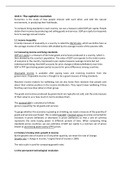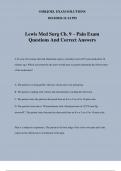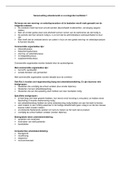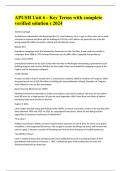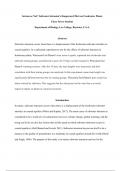Samenvatting
Samenvatting end-term exam Principles of Economics GEO1-2255
Een overzichtelijke samenvatting voor het end-term exam van PoE. Het bevat mijn samenvatting van het CORE boek + aanvullingen met mijn aantekeningen van de hoorcolleges.
[Meer zien]
